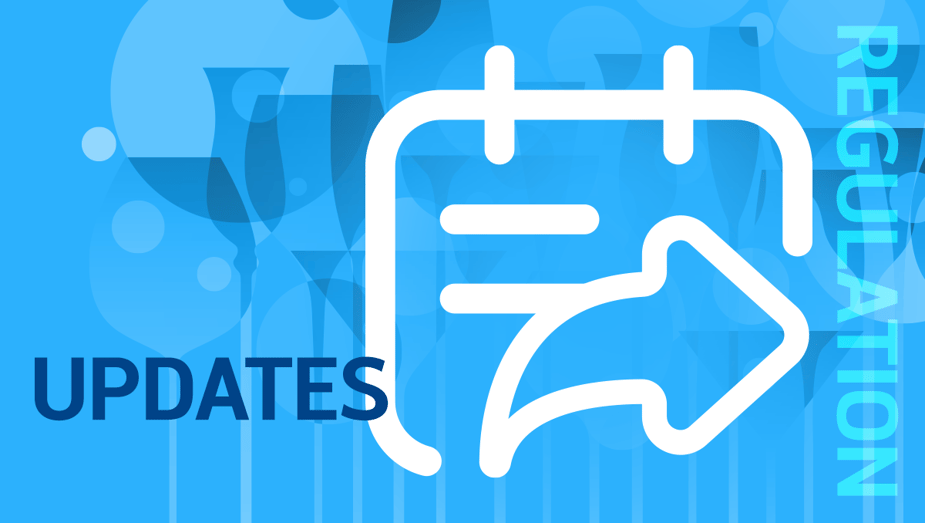
- Home
- PLM & Compliance Blog
- A year in beverage/alcohol regulation: Core compliance updates from 2022 and a view of what’s to come
A year in beverage/alcohol regulation: Core compliance updates from 2022 and a view of what’s to come
|
PLM For Food And Beverage
|
Product Lifecycle Management
|
Regulatory
Posted By:
Suzana Tripologos
2022 brought a raft of updates to core regulations for alcoholic beverages in several countries. These changes impact existing products as well as future R&D and marketing plans for beverage producers, bringing risk and opportunity. Staying aware of regulatory updates is mission critical for successful beverage businesses but remains a challenge with the number of jurisdictions and nuanced language of regulations.
Regulatory updates for alcoholic beverages may result in immediate changes for products, including tax status, classification, and marketing requirements. Staying compliant could require updating labels and packaging, a time-consuming and potentially costly expense, which could introduce delays or possibly errors if not managed correctly.
These changes directly impact your route to market and profitability. Staying on top of these changes is a business necessity. Clearly understanding the nuances of new regulations and reacting to the needed changes – whether they are advantageous or not – is essential.
Reviewing key updates from the last year
Many of the important updates on the alcoholic beverages regulatory front around the world in 2022 concerned labeling for spirits, wines, and malt beverages.
In Australia a report was published in May regarding the approach to displaying on-label energy content, including the number of calories in a serving. This novel approach to alcoholic beverage labeling in the country aims to assist adults in limiting alcohol content and help consumers manage body weight. Further information is expected in 2023.
In the United States a significant modernization act for the labeling of malt beverages and distilled spirits was published in February. Notably, these changes do “not require industry members to make changes to alcohol beverage labels or advertisements but instead provide additional flexibility to make certain changes going forward.” These rule changes will give producers more room for marketing their products in the years ahead as well as better clarity on what the TTB will and will not allow.
Looking ahead to the future, wine producers in the European Union will have new rules for labeling taking effect in December 2023. These regulations will affect all wines sold in the European Union, including those produced in other regions around the world. Significantly, these new labels will include both nutrition information and a compulsory list of ingredients which increases the burden on the producer to attain and update this information from vintage to vintage.
Get ahead of 2023 and stay ahead beyond by enrolling in Trace One Regulatory Compliance
The only certainty in life is change, and the alcoholic beverages regulatory environment is no different. We know to expect developments in Australia and the European Union this year, and surely there will be more changes elsewhere.

Keeping track of global regulations for alcoholic beverages is a monstrous task, even if you’re only keeping tabs on a few markets. By subscribing to Trace One’s Trace One Regulatory Compliance service you’ll be given the tools you need to stay current with regulatory updates in 2023 and beyond.
Trace One Regulatory Compliance is always on top of the regulatory environment for beverages producers, and food manufacturers of all kinds. The service provides dashboards, automated email alerts, and early notifications of pending or proposed changes to regulations you’re following. Trace One’s compliance experts are also here to help your business succeed and are available as compliance consultants for your special projects.
A new year of regulations is here and Trace One Regulatory Compliance is ready to help you navigate global regulations and exceed your business goals. Book a demo today.